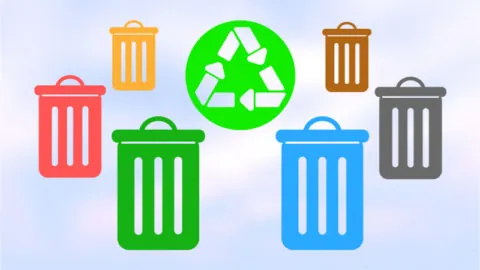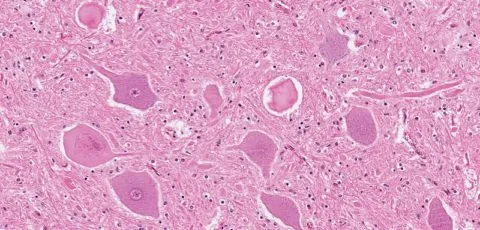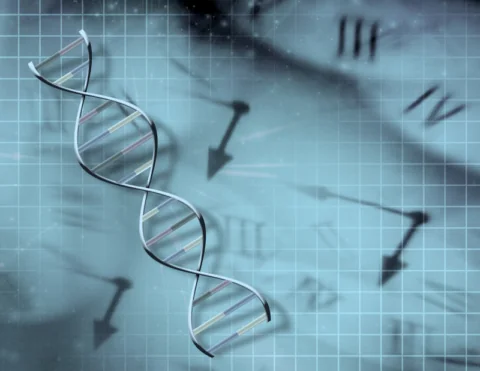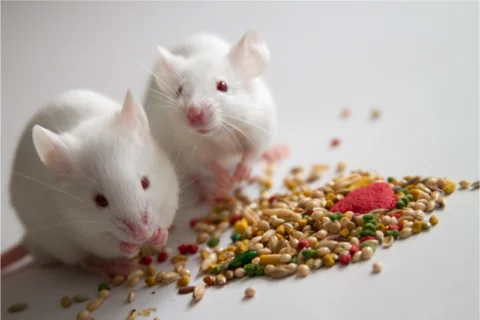February 28, 2019
In order to remain healthy and functional, cells have a number of maintenance systems that help them to dispose of metabolic waste and unwanted proteins. Autophagy is perhaps the best-known example of how cells purge their waste, and another is the ubiquitin-proteasome system (UPS). Researchers are working on ways to boost the activity of the...
February 19, 2019
In a new study [1], researchers have identified the reason why cells become defective when they grow too large and why protein creation fails when cells grow larger than their original healthy size, as is typically seen in aged and senescent cells. They demonstrate that in enlarged yeast and human cells, RNA and protein biosynthesis...
February 15, 2019
Researchers at the Harvard T.H. Chan School of Public Health have discovered a new aging clock that can accurately determine both chronological and biological age in a wide variety of species. Aging and the nucleolus There are two kinds of age: chronological age, which is strictly the number of years that something has lived, and...
February 12, 2019
I recently visited the Longevity Leaders Conference in London and had the opportunity to speak with Kelsey Moody, the CEO of Ichor Therapeutics, a company focused on targeting age-related diseases by targeting the aging processes themselves. I previously interviewed him back in 2017, so it was the ideal time to catch up on what had...
February 11, 2019
Researchers at Newcastle University have shown that clearing out senescent cardiac muscle cells from the hearts of aged mice restores heart health. It seems that not a month goes by without a new study showing that senolytics, drugs that remove aged and damaged cells from the body, improve organ or tissue function by reversing some...
February 08, 2019
In aging research, there has long been a need for better biomarkers that can detect and confirm the presence of senescent cells. This has become particularly urgent in recent years due to the meteoric rise of the senescent cell-clearing therapies known as senolytics. Traditional ways of measuring senescent cell populations are problematic and have multiple...








